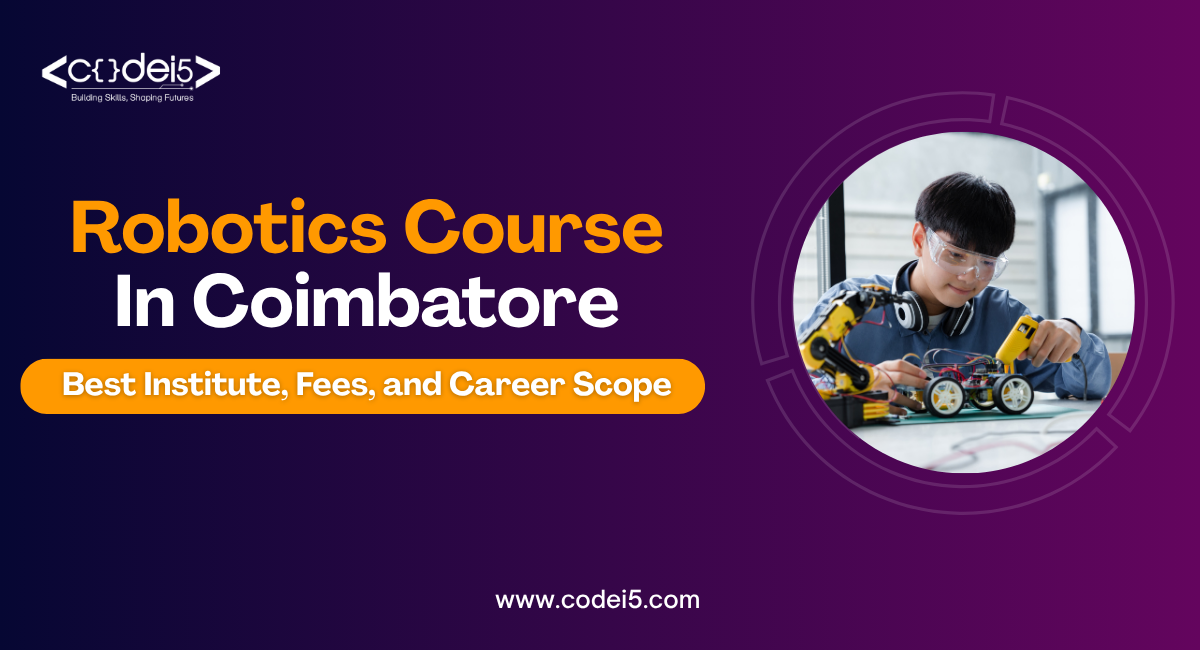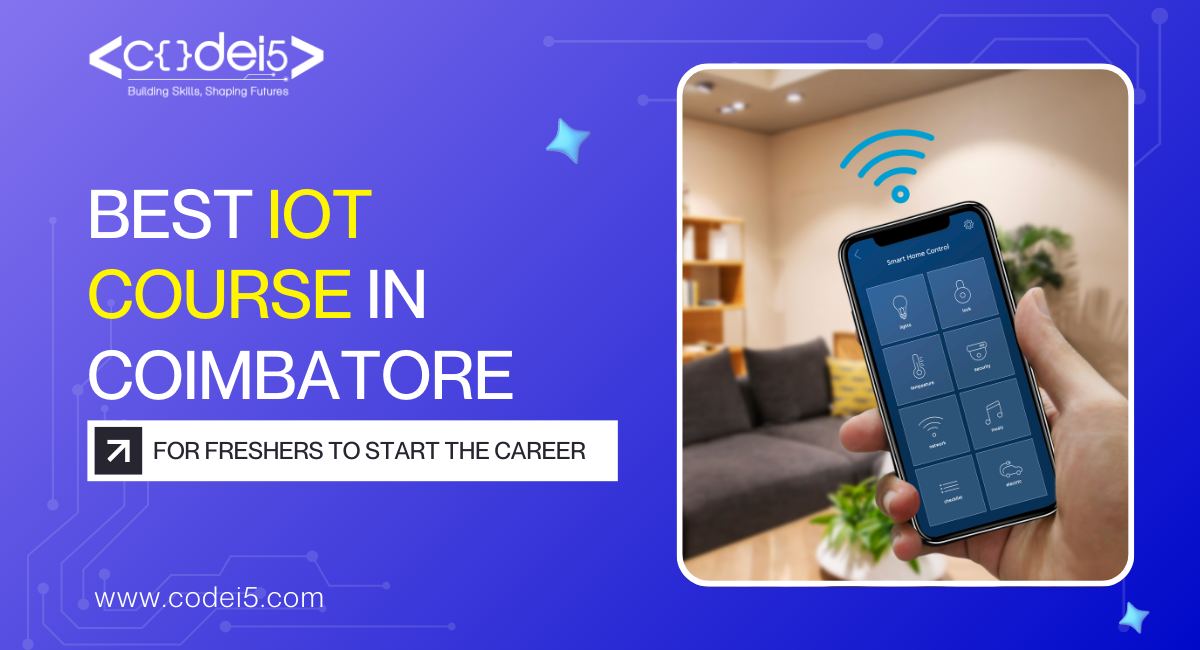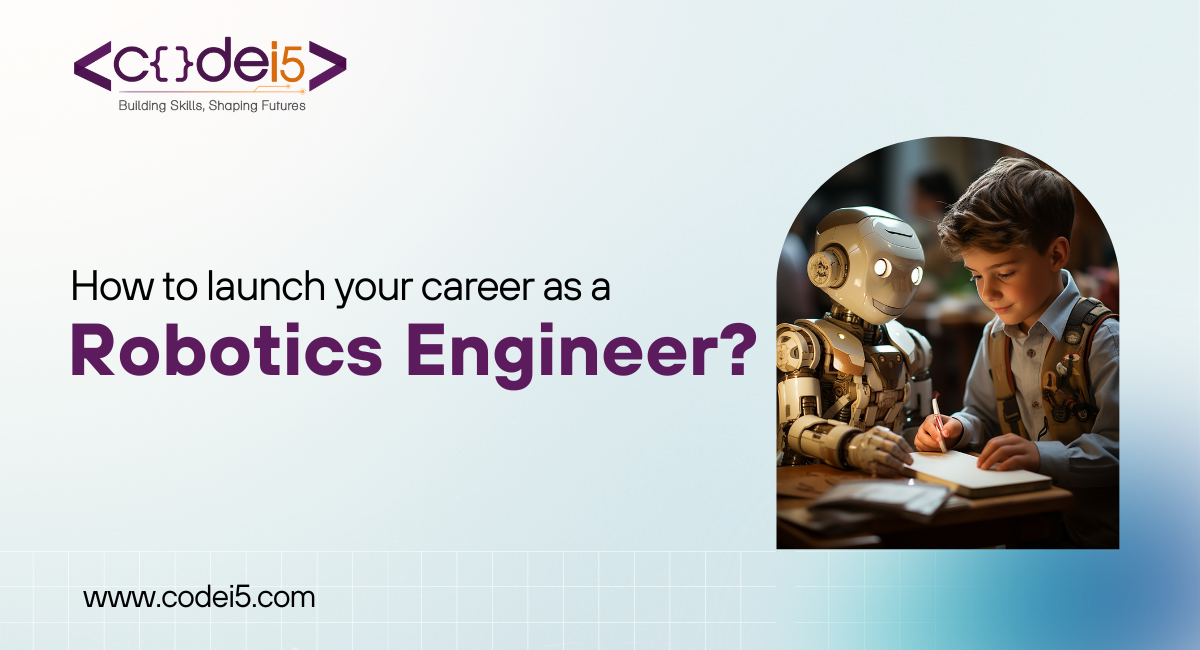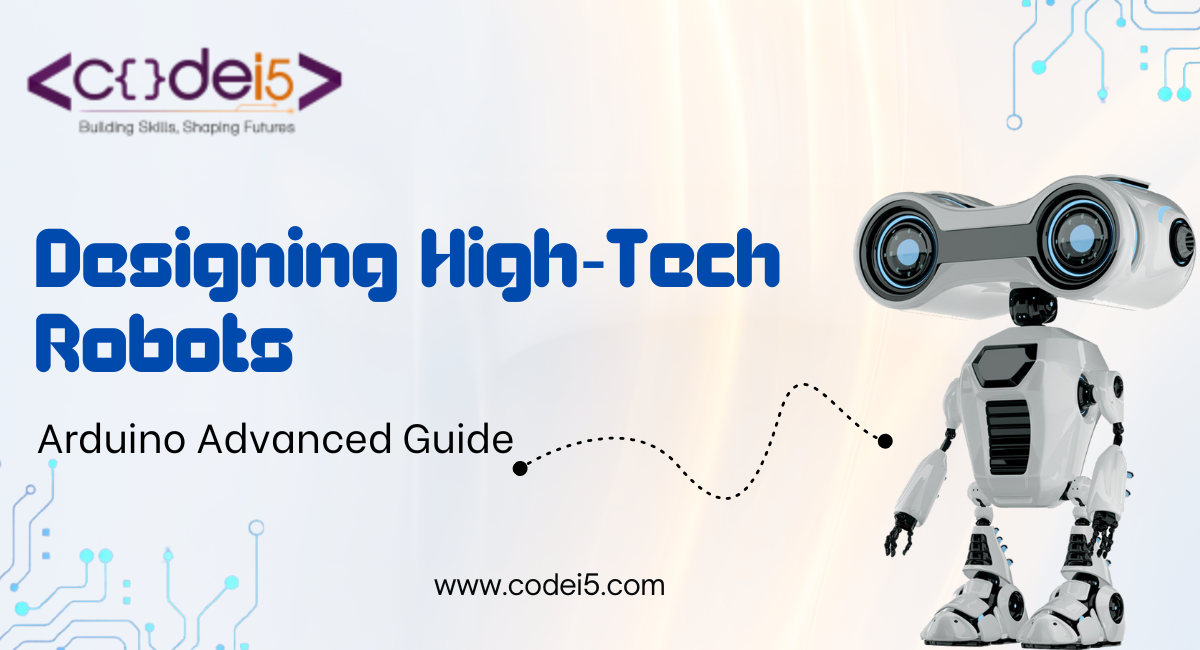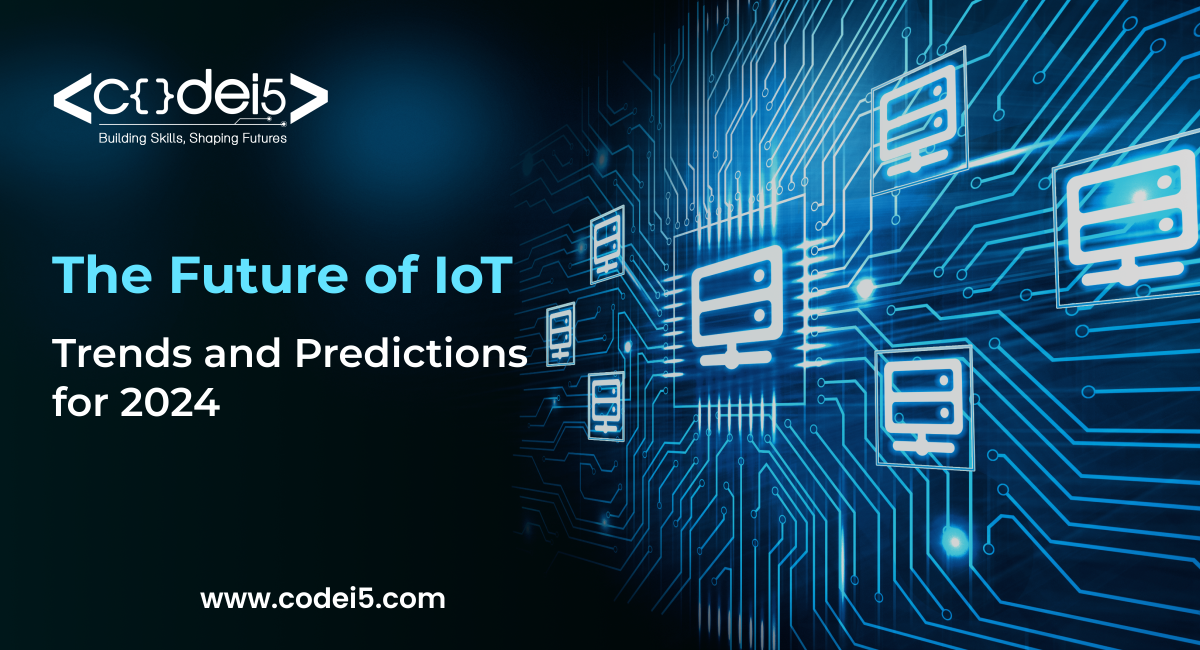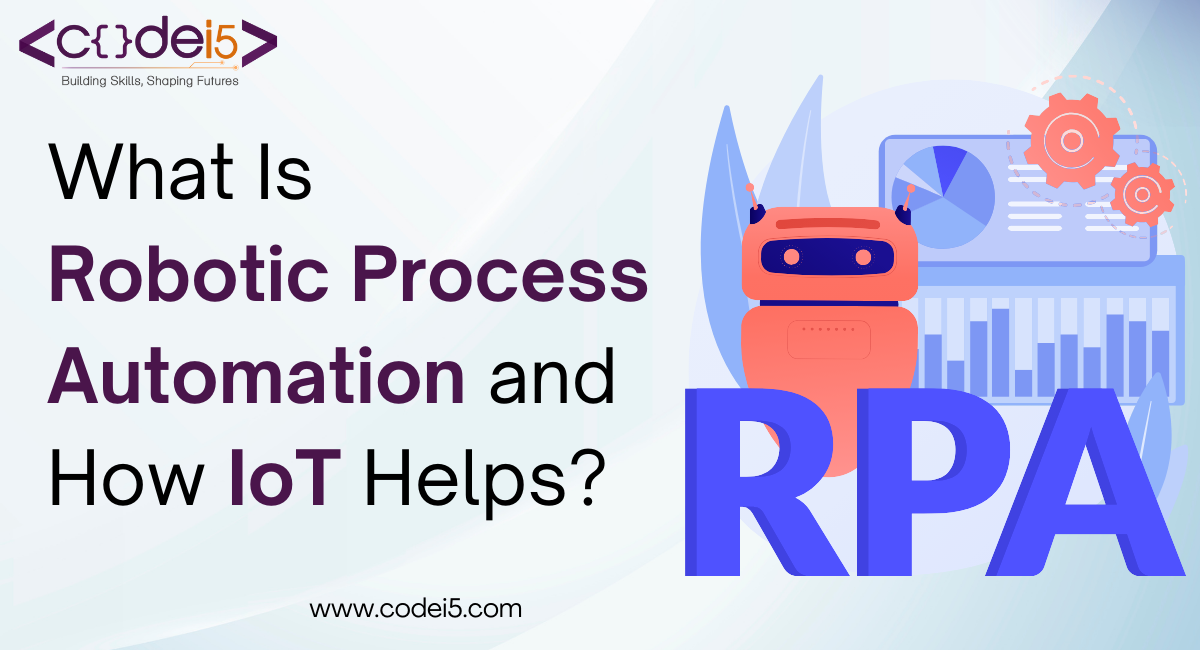
What Is Robotic Process Automation?
Robotic Process Automation is a technology that uses software robots to automate repetitive tasks in businesses. These robots can perform actions like data entry, processing transactions, and managing emails without human intervention. It helps companies save time, reduce errors, and improve efficiency. Many industries, including banking, healthcare, and manufacturing, use Robotic Process Automation to streamline operations.
With the rise of IoT and robotics, automation has become even smarter. Internet of Things devices can collect real-time data, and software robots can use this data to make faster decisions. This combination of robotics and automation allows businesses to improve productivity and accuracy. As more companies adopt robotic process automation, the demand for skilled professionals in this field is also growing.
How IoT Helps in Robotics
The Internet of Things (IoT) is transforming robotics by enabling machines to collect, process, and respond to real-time data. This integration allows robots to perform tasks with higher efficiency, accuracy, and adaptability. By using IoT devices, robots can communicate with other machines, monitor their surroundings, and make intelligent decisions without human intervention.
In robotic process automation, IoT helps robots automate repetitive tasks more effectively. For example, in warehouses, IoT-enabled robots can track inventory levels, detect missing items, and communicate with management systems to streamline operations. In manufacturing, IoT sensors help robots detect machine failures, schedule maintenance, and prevent costly breakdowns.
Here are some key ways IoT enhances robotics:
- Remote Monitoring: IoT allows businesses to monitor robots from anywhere, ensuring smooth operations.
- Smart Decision-Making: Robots use data from IoT devices to improve accuracy and efficiency.
- Seamless Communication: IoT enables robots to interact with other machines and systems for better coordination.
- Energy Efficiency: IoT helps optimize power usage, reducing energy consumption in automated processes.
The combination of robotics and IoT is making industries like healthcare, agriculture, and logistics more efficient. As technology advances, IoT-powered robotics will continue to revolutionize automation, making processes smarter and more reliable.
Application of IoT in Robotics
The integration of Internet of Things (IoT) with robotics is enabling machines to become more connected and intelligent. By connecting robots to a network of smart devices, they can collect, exchange, and analyze real-time data. This connectivity improves decision-making and allows robots to adapt to their surroundings for more efficient operations.
In the context of robotic process automation, the combination of IoT and robotics helps businesses automate tasks more effectively. Robots can collect data from sensors and devices, use that data to optimize tasks, and then perform actions autonomously. For instance, a robot in a factory can use IoT technology to monitor machine health and adjust its actions to prevent breakdowns or inefficiencies. This reduces downtime and improves productivity.
Furthermore, IoT in robotics makes it possible for robots to interact with other machines, systems, and human workers, allowing for smoother collaboration. It also enables robots to learn from past actions and adjust future behavior, further improving accuracy and efficiency.
As the relationship between robotics and IoT grows, more industries are adopting this technology to drive innovation, enhance automation, and increase the overall effectiveness of their operations. This trend is reshaping the future of automation across various sectors.
Robotic Process Automation in Industry
Robotic Process Automation (RPA) is transforming industries by automating repetitive, time-consuming tasks that were once handled manually. This automation improves efficiency, reduces costs, and enhances accuracy, making businesses more productive and effective.
One example of how Robotic Process Automation is being applied is in the field of agricultural robotics. In modern farming, robots are used to automate tasks like planting, harvesting, and monitoring crops. Equipped with sensors and cameras, these robots can detect soil conditions, water levels, and the growth stages of plants. By automating these tasks, farmers can improve the accuracy and efficiency of their work, reduce manual labor, and increase crop yields.
Robotic Process Automation in agriculture helps farmers save time and resources by allowing robots to take over repetitive tasks like weeding and harvesting. This frees up farmers to focus on strategic decisions and other critical aspects of farming. With the help of RPA, agricultural robotics is driving progress in farming methods, making them smarter and more sustainable.
As more industries adopt robotic process automation, the role of automation in agriculture will continue to grow, improving farming practices and helping meet the increasing global food demand.
Future of Robotic Process Automation with IoT
The future of Robotic Process Automation (RPA) is becoming increasingly interconnected with the Internet of Things (IoT), paving the way for smarter, more efficient automation across various industries. As IoT continues to evolve, it enhances the capabilities of robots by allowing them to collect real-time data from a wide range of sensors and devices. This data empowers robots to make better decisions, optimize tasks, and work more independently.
In the coming years, the integration of RPA and IoT will lead to more autonomous systems capable of handling complex tasks without direct human intervention. IoT-enabled robots will be able to interact with other machines and devices, creating a more seamless workflow. This will result in faster, more accurate operations, with the ability to respond to changing conditions in real-time.
Moreover, the combination of robotic process automation and IoT will continue to drive innovation in industries such as healthcare, manufacturing, and agriculture. This will not only enhance productivity, reduce costs, and improve overall system reliability. As this technology advances, businesses will be able to implement smarter automation strategies, making their operations more efficient and adaptable to future challenges. Clearly, the future of RPA with IoT holds great potential for transforming industries and creating new opportunities for growth and innovation.
Conclusion
The combination of Robotic Process Automation and IoT is revolutionizing industries by enhancing automation processes and making them smarter and more efficient. These technologies are creating new opportunities for businesses to optimize operations, reduce costs, and increase productivity. As RPA and IoT continue to advance, their impact on sectors such as manufacturing, healthcare, and agriculture will only grow stronger. For those looking to pursue a career in this transformative field, Codi5 Academy offers the best robotics courses in India. With hands-on training and expert guidance, students at Codi5 Academy can develop the skills needed to succeed in the ever-evolving world of robotics and automation.



